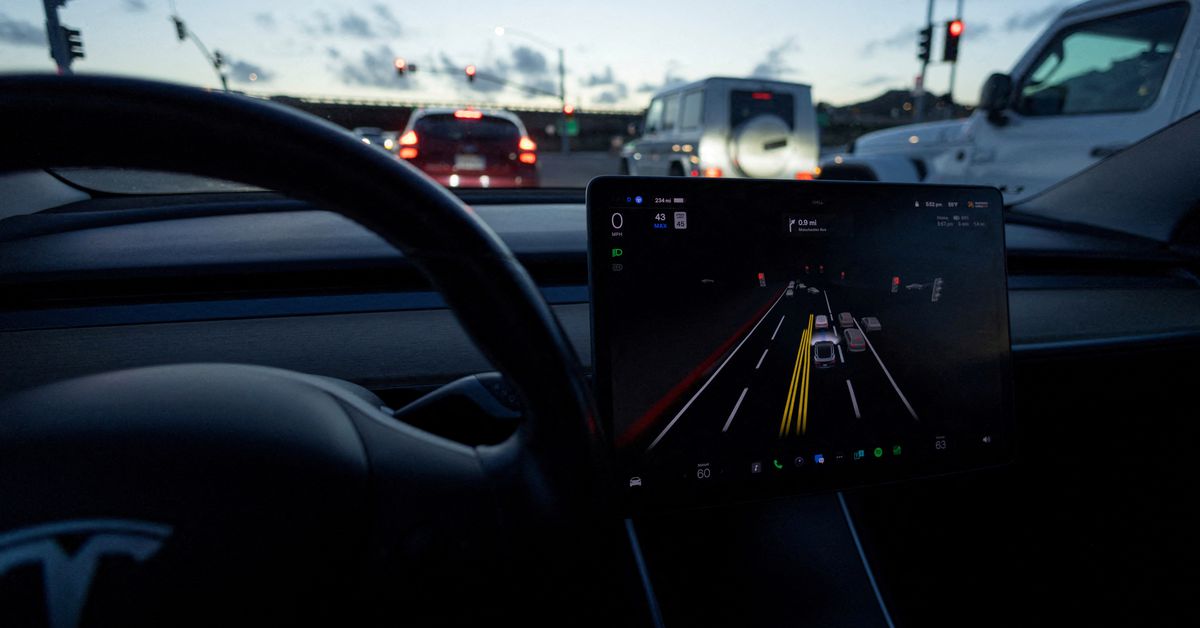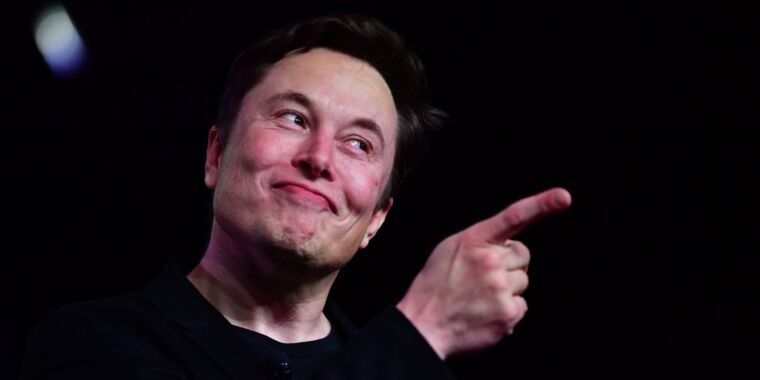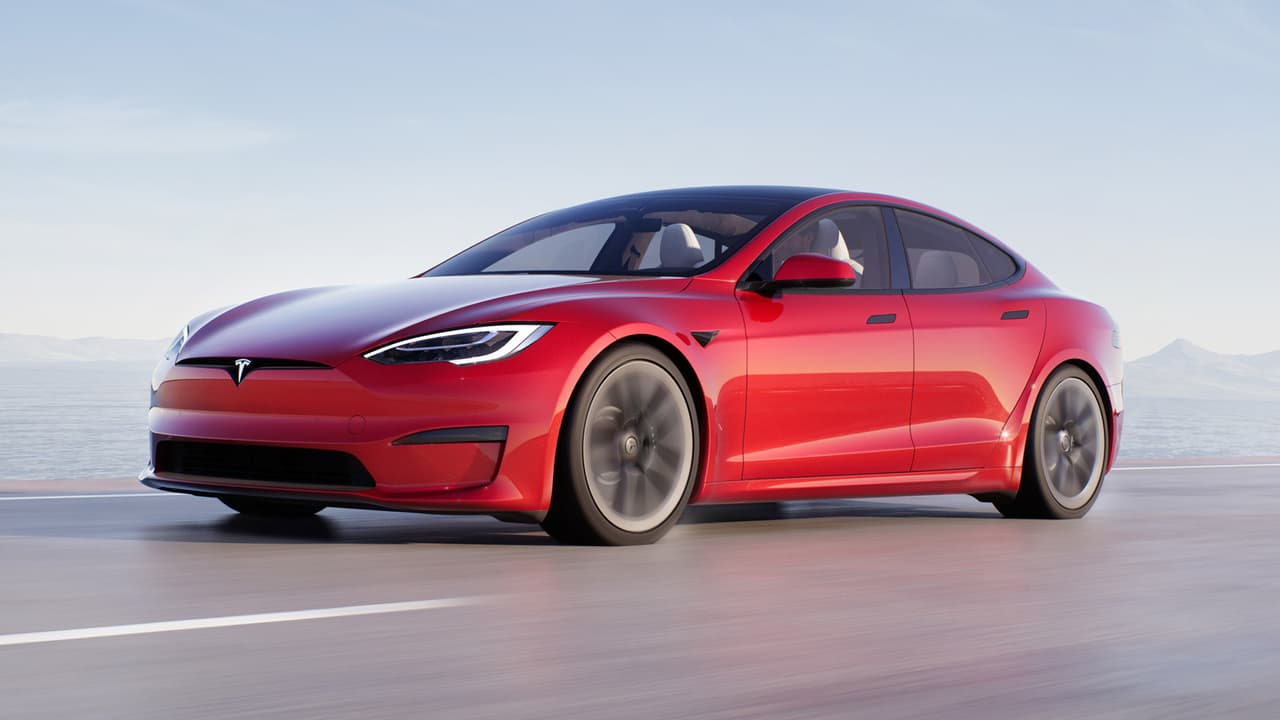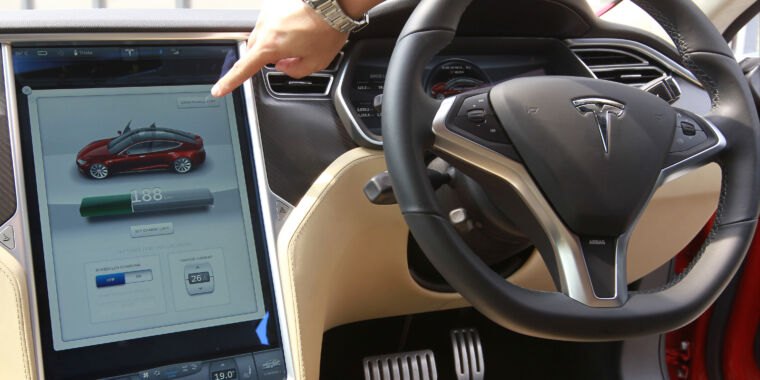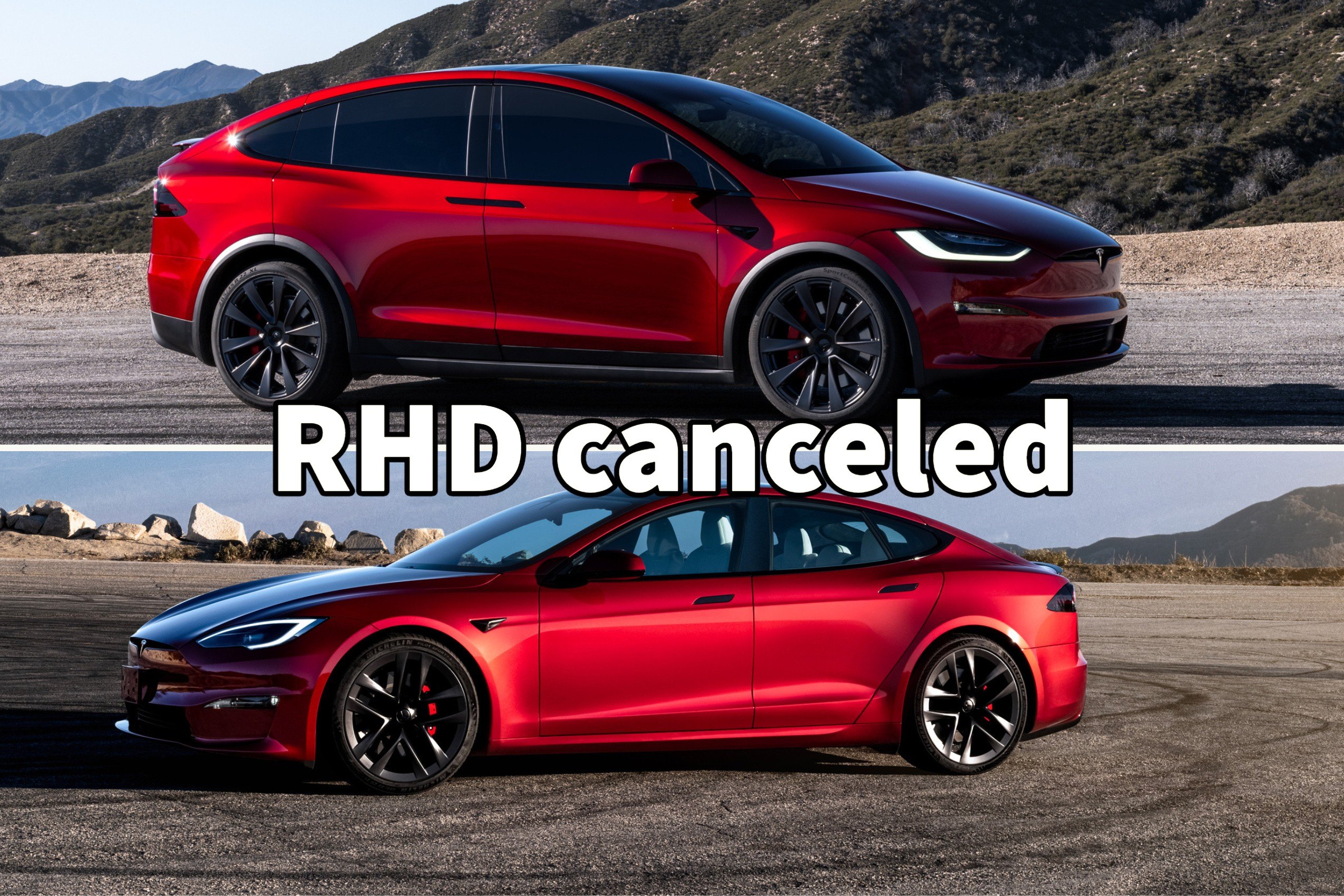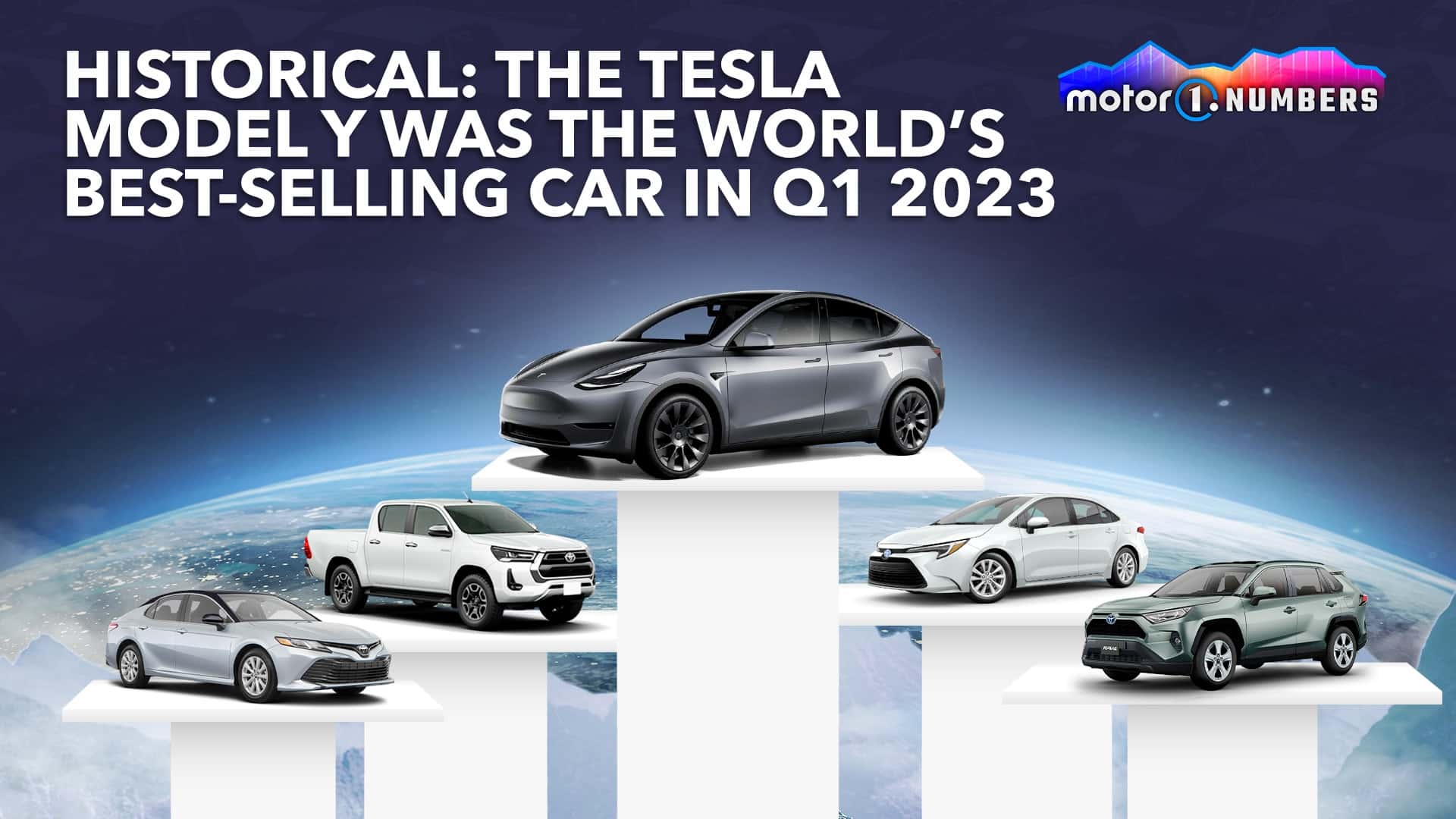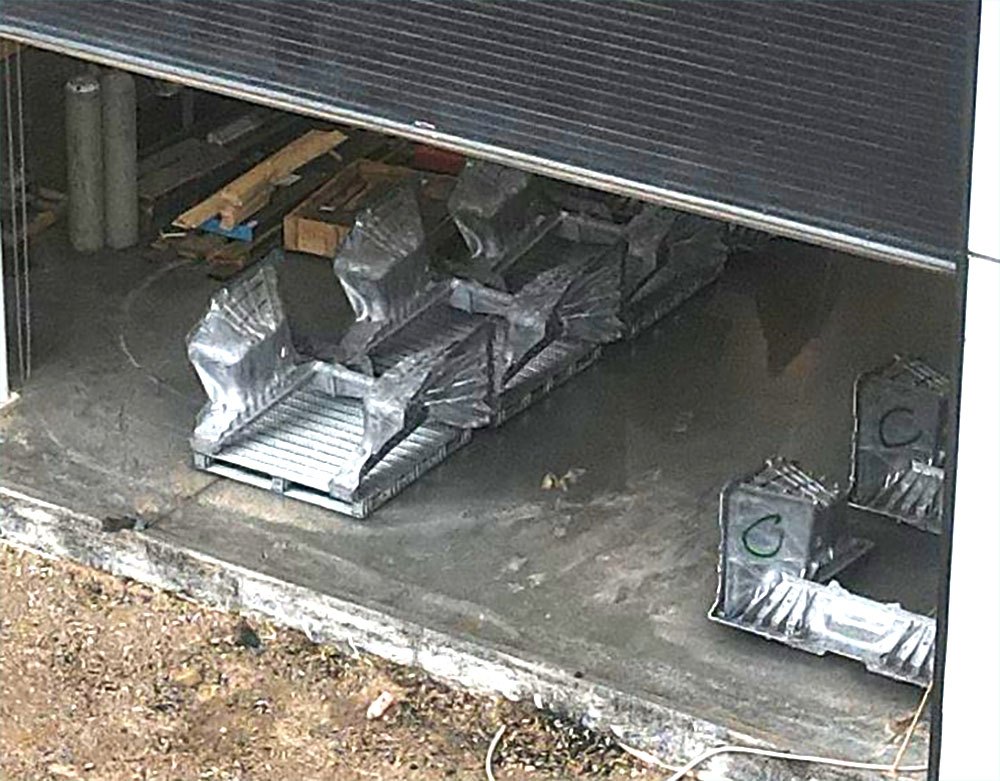We're not even close to autonomy being deployed at scale. It barely works (and frequently doesn't) at reduced inner-city speeds. I still don't think autonomy at scale is even possible without enormous infrastructure upgrades.
Agree on the infrastructure upgrades. Standardization of road design across the country is absolutely appalling and standardizations of usage is even worse. If you want examples of the sort of infrastructure standardization required for autonomy to work reliably, look to aviation. Go peruse airports on maps, big and small, and report back. Perhaps the industry is studying aviation for lessons but I haven't read any stories about a crossover.
A 7MWh battery pack, with current state of the art tech would weigh nearly
100,000 pounds...and you want to put that in a plane? For reference, a Boeing 737 weighs 90,000 pounds. And...
@Keef I suspect that engineering a plane to land at the same weight it took off at is not ideal.
Speaking of aviation lol. Airplanes have this one silly magic trick they do on every flight: They get lighter as they burn fuel. And they're almost never filled to the brim either. While a CRJ-900's max takeoff weight is about 80,500 pounds, I never saw anything over 77,000 pounds and that was only because we were carrying 13,500 pounds of fuel which was over 3x what we needed for that particular flight.
The CRJ-900's max landing weight is about 73,500 pounds, nearly 10% less. There are so many factors invovled with increasing landing weight a whopping 10% it's not even funny. The entire structure of the plane isn't designed for it, the landing gear structure isn't designed for it, the tires have to be either bigger or have more of them to spread the load because there are weight-per-tire rules to meet, the brakes aren't nearly big enough to haul down that much weight (while it can, we basically never landed anywhere near max landing weight except that one time, but typically about 64,000 pounds, a further 10% lower than max), by the time you redesign all that stuff to be bigger and stronger and heavier you now need much more powerful engines, and now you need to carry more fuel...I haven't even mentioned the increased landing distances which will limit usable airports and severly impact EAS communities with shorter runways.
It can be done, don't get me wrong. It's being done now. But the tech simply isn't there to make EV planes as capable as they currently are. Plus, the increased efficiency required means
outside-the-box designs like this:
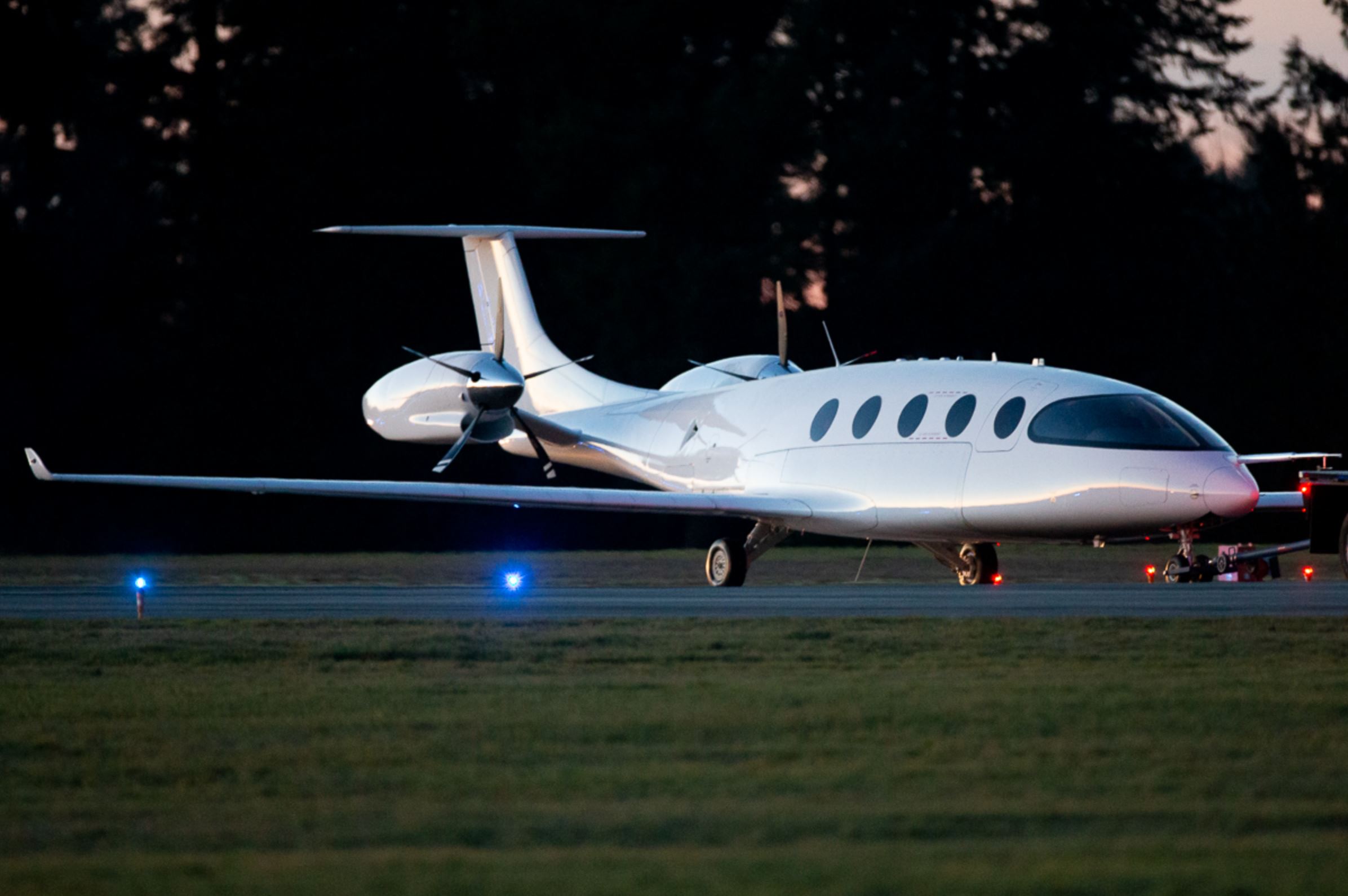
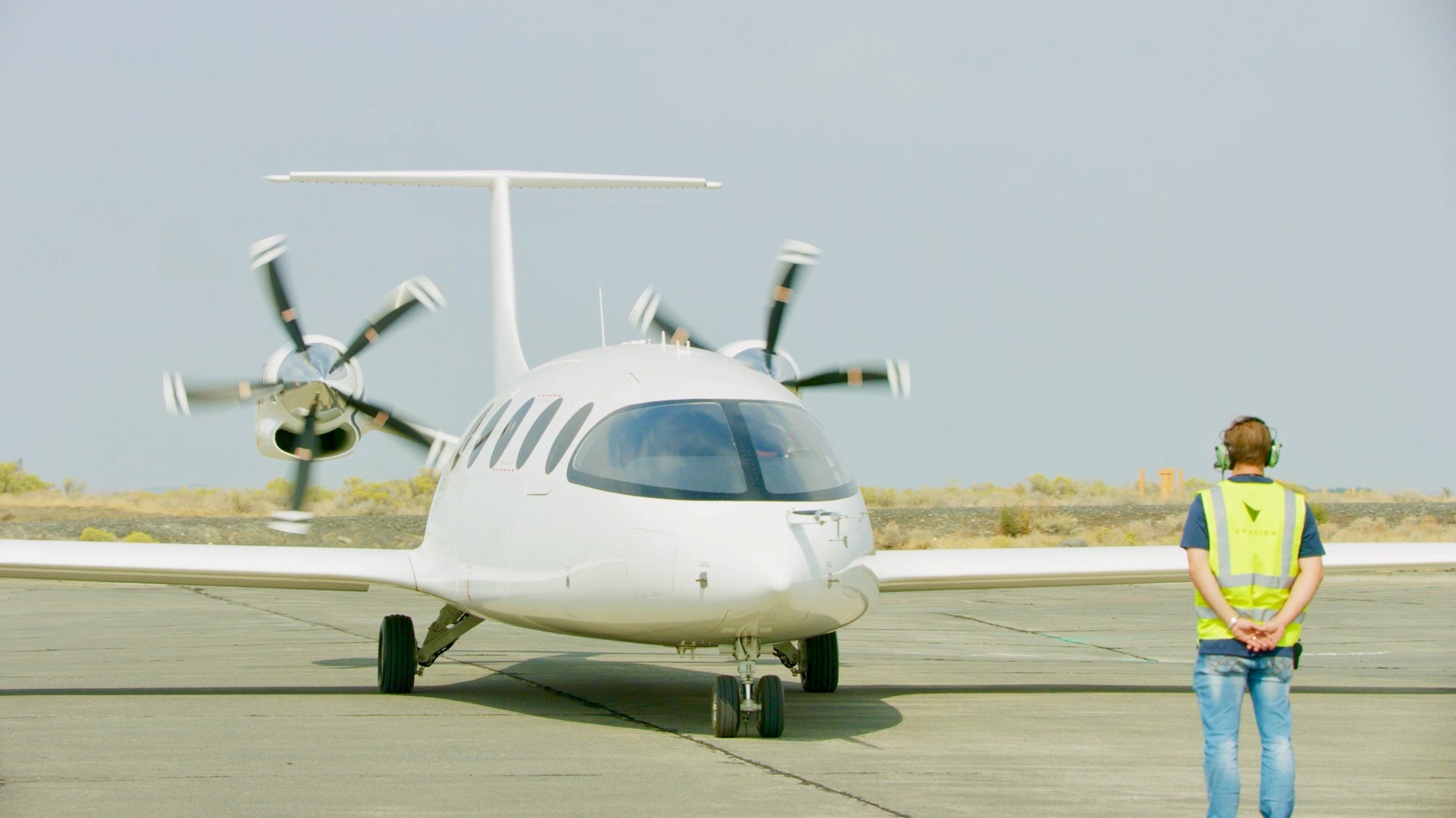
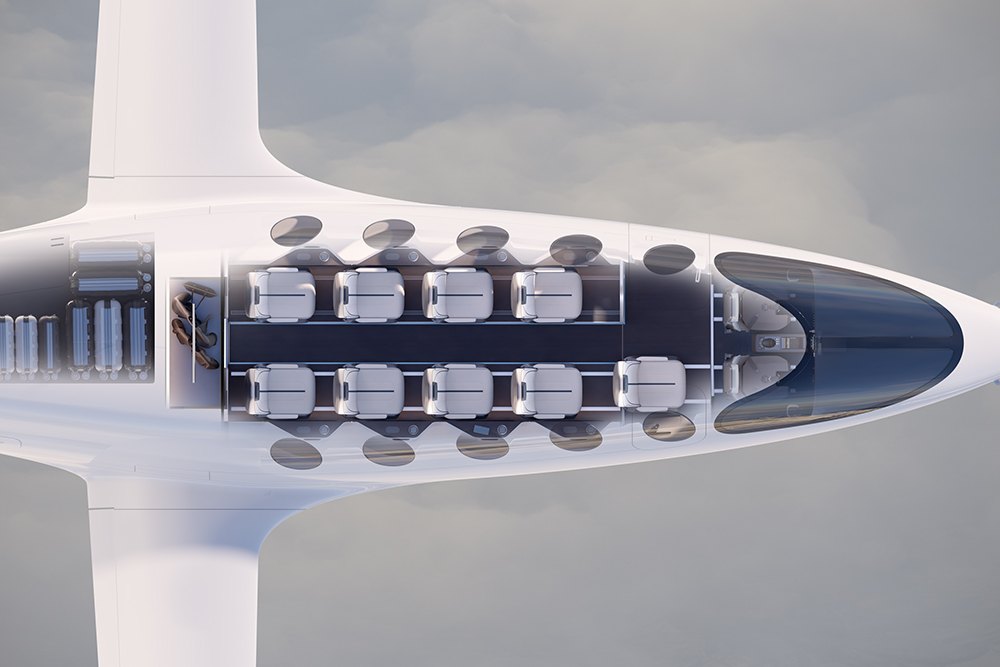
The extreme efficiency necessary requires a high aspect ratio wing like a glider which cannot achieve transsonic speeds like a swept-wing jet. But while those wings are capable of flying at very high altitudes, see the U-2 and Global Hawk, the propellers you see here are not. The reason this thing has propellers is because they are considerably more efficient than jets in denser, more "accessible" air. It takes a lot less power to achieve efficiency with a propeller at low altitude than it takes to achieve efficiency with a jet at high altitude. But we use jets because when you do finally achieve those high altitudes they are waaaay more efficient than propellers will ever be at any altitude, and they're cheaper and easier to maintain, and more reliable, and have considerable speed and range at those high altitudes. They also fly above most weather which is absolutely key to convincing people to ride airplanes at all, partly becauase it is way safer and adds another layer of efficiency in avoiding re-routes and delays. Note that is also has a really weird fuselage shape which is actually a big human factors consideration for both passenger comfort and for emergency egress. Humans don't like to not be able to see out of windows, especially in small spaces, so the less accessible windows are the more motion sickness people will suffer which is already really unpleasant and causes more flight delays than you might realize. If you scale these wide fuselages up to widebody size, you now have to redesign your emergency exit strategies and methods. And the thing is wide as hell so now you're redesigning airport jet bridges and all the parking slots at extreme expense and with less efficient layouts. And engineers are worrying about pressurization cycles over the airframe's lifetime because round tubes are already the ideal shape to deal with that. Note that the Eviation Alice is unpressurized which means its crews will have to wear oxygen if they operate above 12,500 feet longer than 30 minutes. That's a huge pain in the ass and is very fatiguing so realistically this plane wouldn't be flown above 10,000 feet very often, right in all the rough air, at the mercy of Mother Nature. Oh, and the 250nm range published by Eviation includes the VFR minimum of destination+30 minute reserve, not an IFR minimum of destination+alternate+45 minute reserve.
Speaking of range, you though range anxiety was a problem in cars lol. I'll use an example for the legal requirement for minimum fuel carrying. It was super common for flights to be only about 1 hour from my Detroit base. If we needed to file an alternate landing airport, we needed to carry enough fuel to get to the destination,
and enough fuel to then get to the alternate airport at normal speed,
and enough fuel to continue flying at normal speed for 45 minutes after getting to the alternate. So that's a 1 hour flight worth of fuel plus probably 1.5 more hours worth of fuel just to satisfy the legal minimums. 60% of our fuel wasn't even for the destination! It was for safety factor.
Show me a battery than can do that. I agree with most of Tesla's assessments and think an electric and renewable revolution is achieveable. But electric airplanes at scale are decades away. What you see above is the first serious attempt at a transport-category electric airplane that is fully functional. That thing is the GM EV1 of airplanes and honestly it kinda looks similar too. Eviation is planning to achieve airworthiness in 2027, 31 years after GM started selling the EV1. Unfortunately, the FAA doesn't operate on schedule.

 Turns out that transitioning our entire energy supply to a point where we can recycle materials already extracted is quite complex. But at least Tesla are publicly providing their goals on how this could be achieved. Happy days.
Turns out that transitioning our entire energy supply to a point where we can recycle materials already extracted is quite complex. But at least Tesla are publicly providing their goals on how this could be achieved. Happy days. Turns out that transitioning our entire energy supply to a point where we can recycle materials already extracted is quite complex. But at least Tesla are publicly providing their goals on how this could be achieved. Happy days.
Turns out that transitioning our entire energy supply to a point where we can recycle materials already extracted is quite complex. But at least Tesla are publicly providing their goals on how this could be achieved. Happy days.